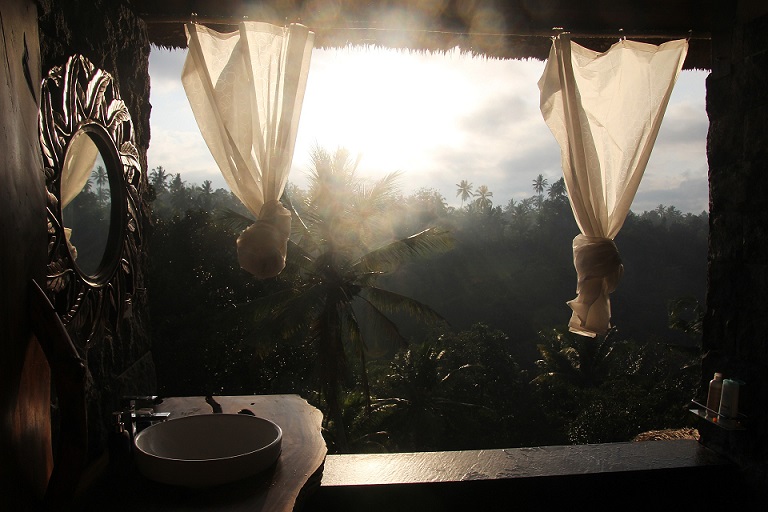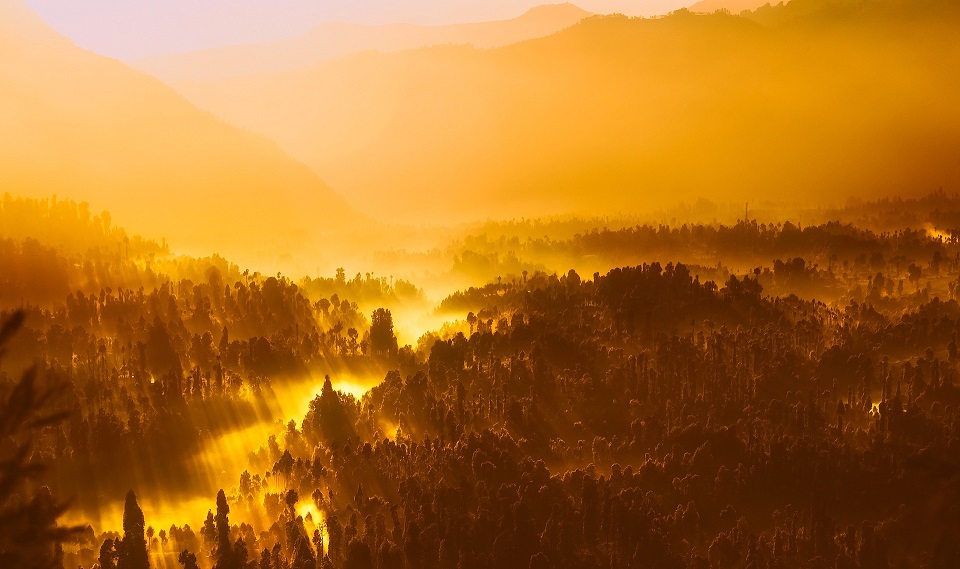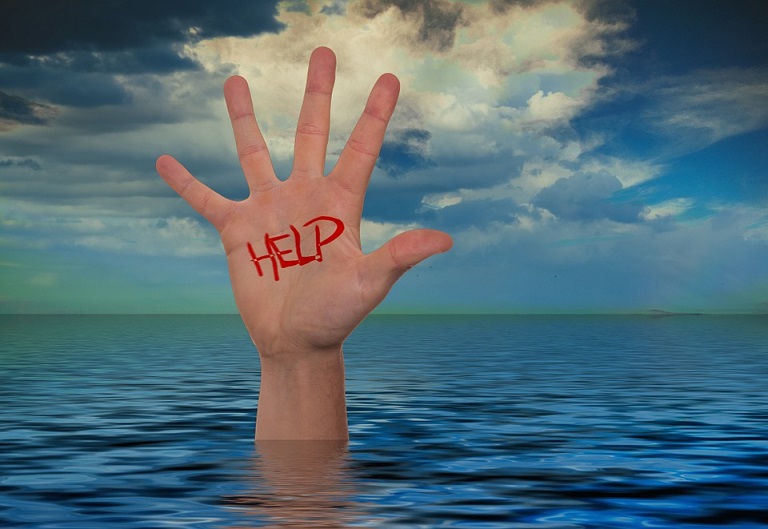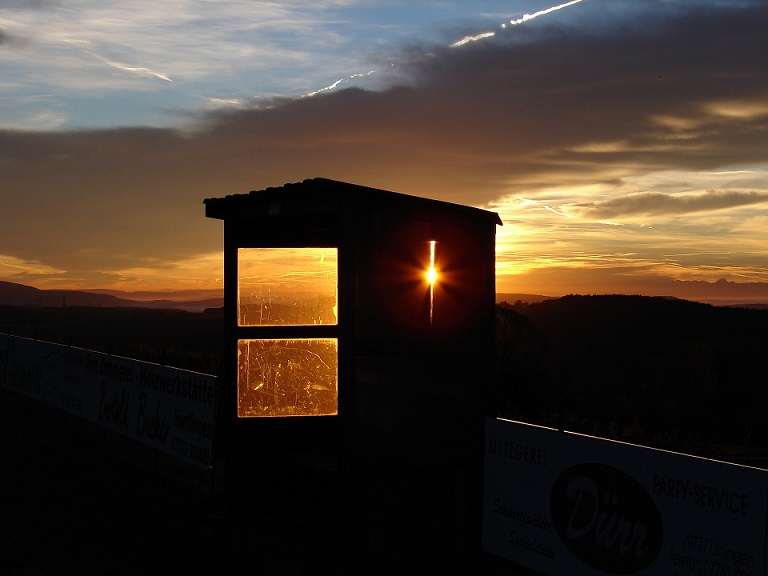From January to August this year, 70,376 foreigners irregularly entered Panama through the Darién National Park, with monthly increases that set a record of 25,361 last August, more than a third of all the arrivals to this region at this time.
 “I am in despair”, is the first phrase that a reporter managed to get out of an emigrant who had just emerged from the jungle with his wife and daughter, after that he mumbled that, “many things happened to us… rapes, deaths… an armed group grabbed he women… and they held us up and raped them…”.
“I am in despair”, is the first phrase that a reporter managed to get out of an emigrant who had just emerged from the jungle with his wife and daughter, after that he mumbled that, “many things happened to us… rapes, deaths… an armed group grabbed he women… and they held us up and raped them…”.
These anecdotes refer to scenarios where human cadavers are the warning that danger is at every step. Help will not only depend on solidarity, but also on the real possibilities of exhausted travel companions, preoccupied with saving their own lives. Daily, a long and broken line of irregular travellers go deeper into this unknown glade, sometimes forewarned of the risks and other times without knowing the mortal trap represented by this route that, until now, has been as respected as its name indicates: the Darién Gap.
The ambushes of those living beings who have made the jungle a home, happen everywhere and the aggressors (or perhaps defenders) range from small, poisonous frogs to ferocious reptiles and jaguars, with trenches made by centuries-old roots, mighty rivers and geographical features.
The physical state in which the survivors leave the forest after covering the journey from Colombia to Panama attests to the wildness of the path, calculated at around 80 kilometres in a straight line, which could take between 5 and 8 days according to their tolerance and orientation in search of the quickest shortcut.
 Bajo Chiquita is a tiny indigenous village which does not appear on any map, but is the epicentre of the worst migratory crisis of this region where South and Central America meet, a stop on an improvised land route with the United States as a final goal.
Bajo Chiquita is a tiny indigenous village which does not appear on any map, but is the epicentre of the worst migratory crisis of this region where South and Central America meet, a stop on an improvised land route with the United States as a final goal.
This is the calamity that thousands of people experience when they are determined to risk irregular emigration, this is what Ecuadorian Santiago Paz, chief of mission of the United Nations’ International Organisation for Migration Panama (IOM), dreams of decreasing. In dialogue with Prensa Latina, Paz explains the characteristics of the current migratory avalanche, as these types of irregular movements are cyclical and shrink in the rainy season.
Swollen rivers and muddy zones create additional difficulties on the journey, which becomes more dangerous due to the presence of criminal groups dedicated to the transportation of drugs and people trafficking. Despite this, a notable increase in flow has been seen.
 He says that in 2020, when the Covid-19 pandemic arose, countries closed their borders as a health measure, which restricted transnational movement and therefore an irregular migratory wave was produced after the partial opening between countries, driven by the financial crisis.”
He says that in 2020, when the Covid-19 pandemic arose, countries closed their borders as a health measure, which restricted transnational movement and therefore an irregular migratory wave was produced after the partial opening between countries, driven by the financial crisis.”
“Flows that were repressed have been driven to restart and continue their journey”, says Paz, referring to the phenomenon of the current explosion, primarily of groups of Haitians, who are seeking resettlement after they migrated to Brazil and Chile in 2010.
Multiple Brazilian constructions for the 2014 World Cup and the 2016 Olympic Games made use of Haitian labourers, which resulted in an attraction to choose this country as a migratory destination. Additionally, there was booming financial development, an element that also made them settle in Chilean territory.
“Much of the Haitian population that is travelling through the region, heading to the North, has left from Brazil or Chile”, he said.
“People are motivated by what is known as the “American Dream”, and they think that reaching the United States and also Canada for some people, can bring wellbeing for them and their families, better health and education opportunities to what they have in the countries where they lived”, he believes.
 Paz says that we must think about the people, about their motivations and aspirations. Many risk their lives, not just their belongings which they sell to fund their journey. These dangers, he says, could be avoided by establishing a “regular, ordered and dignified migration”, which the IOM encourages.
Paz says that we must think about the people, about their motivations and aspirations. Many risk their lives, not just their belongings which they sell to fund their journey. These dangers, he says, could be avoided by establishing a “regular, ordered and dignified migration”, which the IOM encourages.
“Migration,” he says “is good and it is positive, it enriches the culture and drives development, integration, inclusion and social cohesion”. (PL)
(Translated by Donna Davison – Email: donna_davison@hotmail.com) – Photos: Pixabay












.jpg)












